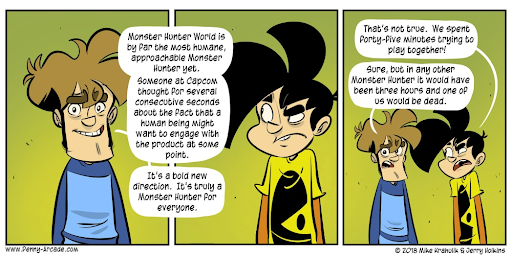I want to recommend Monster Hunter Rise to you, especially now that the Sunbreak expansion is out.
But recommending the sixth mainline console release of the Monster Hunter series feels a little bit like recommending the sixth season of The Expanse: it’s good, but if you haven’t been following it all along, you probably feel like you’ve missed the boat already. In Monster Hunter’s case, “the boat” isn’t several installments of plot or lore (the series has no story to speak of across games), it’s several installments of familiarity with the game’s mechanics.
The Monster Hunter games have historically been really esoteric (despite their incredibly simple titular premise), which I think is part of why they hadn’t been that big outside of Japan for the first 5-10 years of the series. 2018’s Monster Hunter World was a revolution for the series in terms of quality-of-life improvements and general approachability, which is part of what made it Capcom’s best-selling title to date (finally unseating 2009’s Resident Evil 5).
It’s hard to overstate just how much Monster Hunter World changed things. You used to need to consult a fucking fan wiki just to know which parts of the monster you were supposed to hit.
Monster Hunter Rise continues carrying that torch, making even further improvements to World—like removing all the hoops you had to jump through to build up a monster’s “research level” just to know basic info about it or be able to see it on your map, and greatly simplifying maps down from the labyrinths in World. But despite all this streamlining, Monster Hunter Rise isn’t a bottom-up redefining-and-clarification of the series’ fundamentals the way Breath of the Wild was for Zelda games. It’s still an extremely dense game, the kind where you can level up your dog so that it can get better at buying items for you from merchant vessels between hunts.
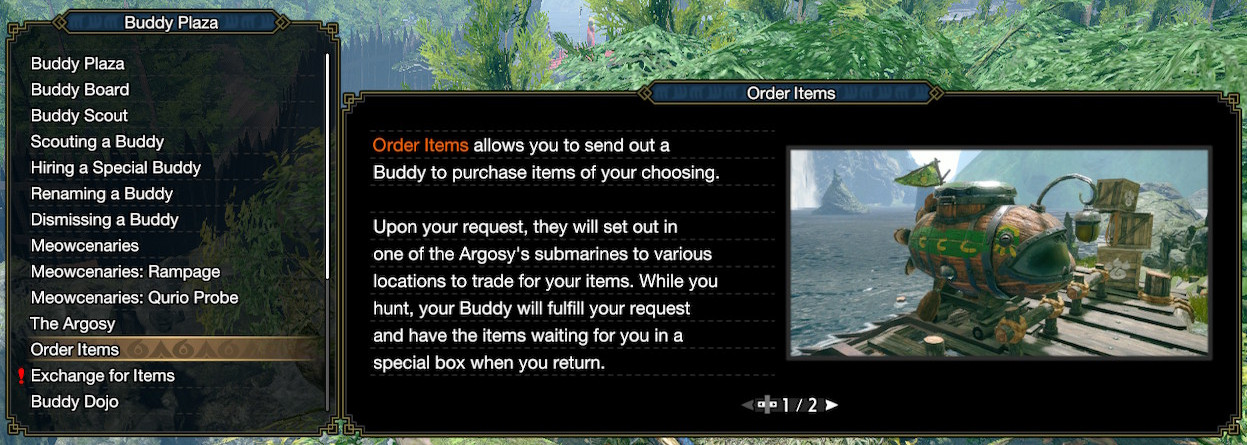
I’m not kidding.
Rise is absolutely the best first Monster Hunter game to play, but you still need to learn how to play a Monster Hunter game. It’s worth it, though. Once you can break through and get used to enough of the Monster-Hunter-isms, you’ll find the rich flavors of something that isn’t really found elsewhere.
There just aren’t that many games that blend the addictive make-numbers-go-up motivators of RPGs with the compelling get-better-at-execution motivators of fighting games the way Monster Hunter Rise does. All the mechanical density and design details really come together in satisfying moments where you get to smash a giant transforming sword-axe into a roaring monster’s face mid-charge, breaking off its horn and sending it tumbling onto its ass. And then do that 500 more times. With friends.
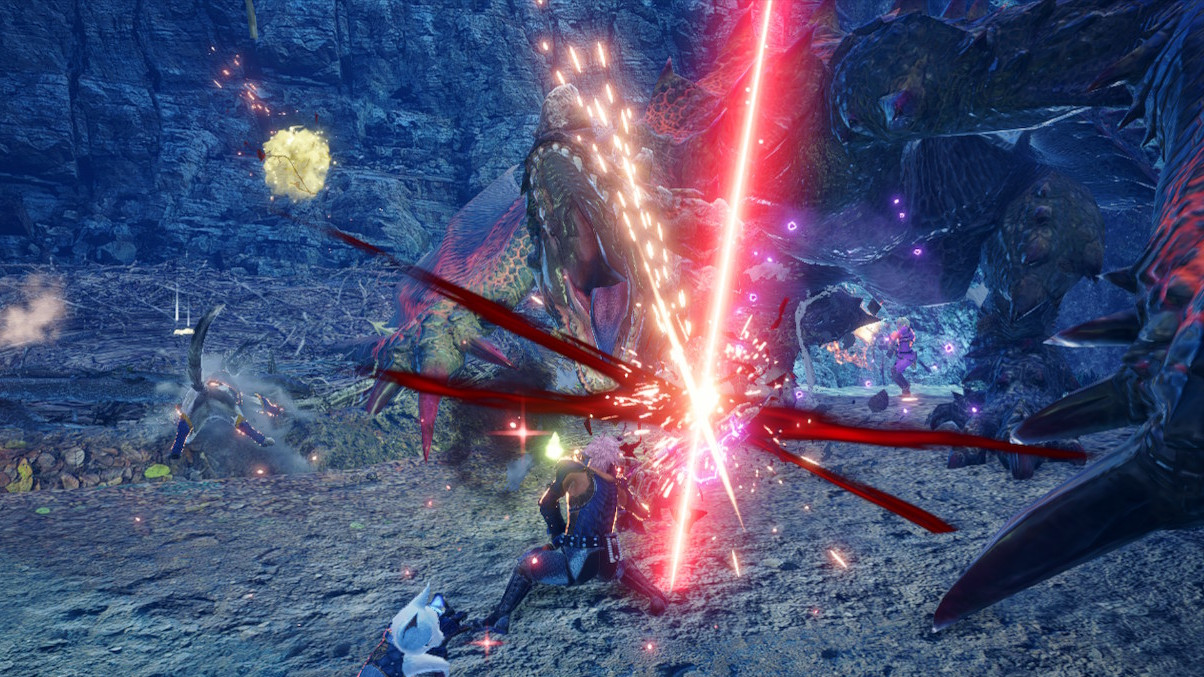
Let’s start with what exactly this game is.
Monster Hunter Rise is an action RPG. You have stats and skills that you improve iteratively, but the core gameplay is real-time combat with monsters where you need to dodge and time your attacks. The major thing that sets Monster Hunter games apart from other action RPGs, though, is the sheer depth of the combat, and to even begin to explain that I’m going to have to use an example.
My main weapon in Rise is called a switch-axe, or “swaxe” if you’re nasty—and I am.
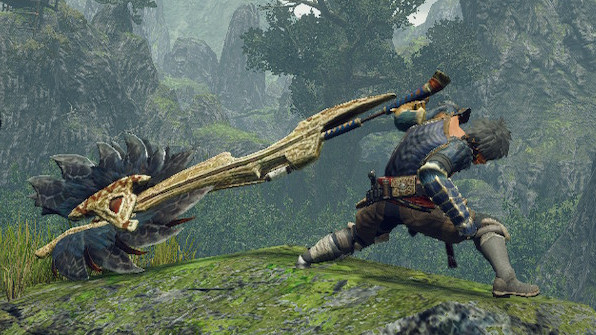
This is a giant axe that’s as tall as I am, with attacks spanning from slow-and-heavy skullsplitting slams to quick slices that can chain into each other. As you might’ve guessed, the axe can transform—into a sword.
You can only stay in sword mode for a limited amount of time (which is recharged by attacking a monster while in axe mode). When you’re in sword mode, your attacks are different, and they build up a new meter. When that meter is full, then your swaxe does an additional effect each time it hits the monster. That effect depends on the specific swaxe you’re using—it might inflict a status ailment like poison, or it might just deal more damage.
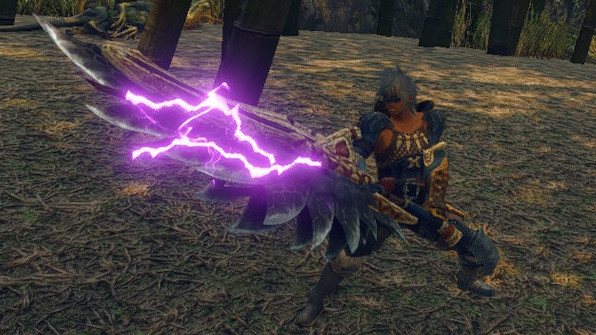
Of course, the swaxe also has specific moves that allow you to transform between modes mid-combo, and Rise even introduces that specific skill that affects how that works. Did I mention that there are different combos you can do? And I haven’t touched on the special movement or finisher moves with this weapon, or any of the basic mechanics of melee weapons in general (like sharpness, critical hits, and elemental damage).
Dedicated hack-and-slash games like God of War and Darksiders top out at this level of control complexity. This is an entire game’s worth of mechanical depth and design philosophy. There are 14 mechanically distinct weapon types in Monster Hunter Rise.
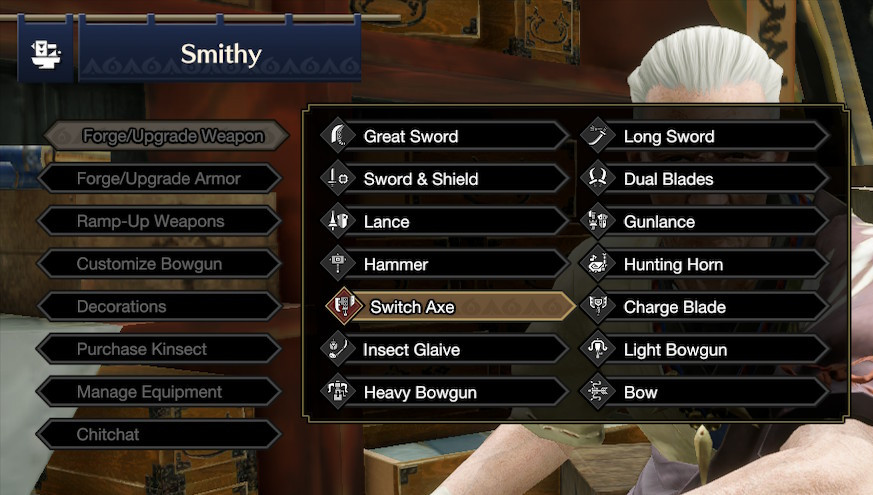
If you don’t have any guesses what an “insect glaive” is, I don’t blame you. (It’s a bladed pogo stick with a drone.)
This leads me to my first piece of advice for managing that intimidating level of complexity: You don’t actually need to know all of it to play the game well and have fun.
It reminds me of fighting games like Guilty Gear Strive, or competitive multiplayer games with huge rosters like Overwatch and League of Legends. You don’t gotta know everything; you can do just fine only focusing on your mains. (And since Monster Hunter Rise’s multiplayer is strictly cooperative, you don’t really have to worry about how much better or worse you are than the rest of the player base.) Personally, I stick to just one weapon per Monster Hunter title, and it’s worked out.
This also leads me to my first piece of caution about Monster Hunter Rise, though, which is that the on-ramp for all this stuff kinda sucks.
Most RPGs suck at the beginning, and especially complex ones that have to manage the lose-lose balance between “overwhelming the player with mechanics at the beginning” and “constantly interrupting the early experience with endless micro-tutorials.” Monster Hunter Rise still hasn’t cut through this gordian knot, so prepare to pay the price of admission over and over again in the opening as you click the “Are you sure you want to exit the tutorial?” button 3,078 times.
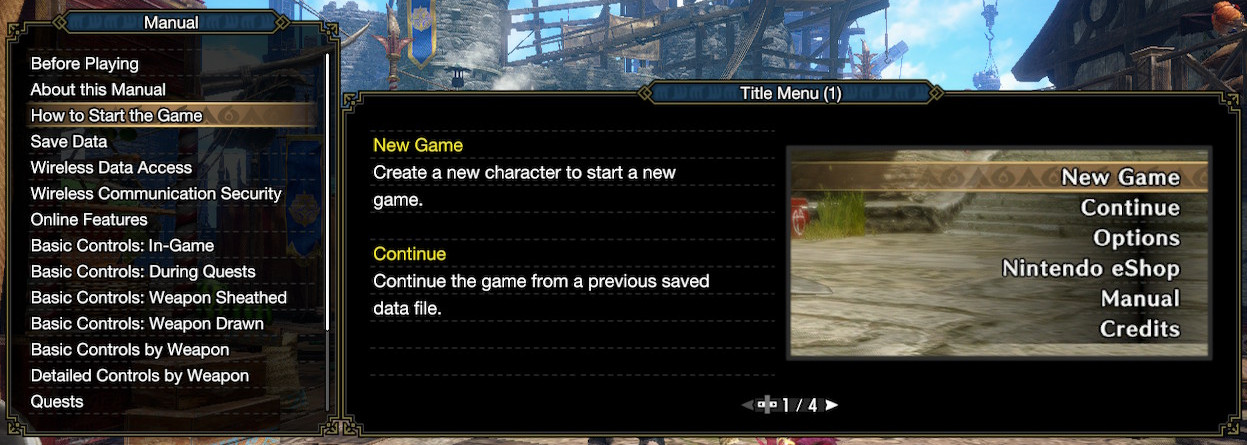
Just like with other complex games, this is where it helps the most to play with a friend—ideally, someone else who has done the reading and can distill all the text into helpful punchlines. (Fortunately, Rise makes joining up with friends online much easier than previous entries in the series, even on console.) If you’re brand new to the series and don’t tend to play games this dense, finding a buddy will help you make it over the hill.
And on the other side of that hill? There be dragons.
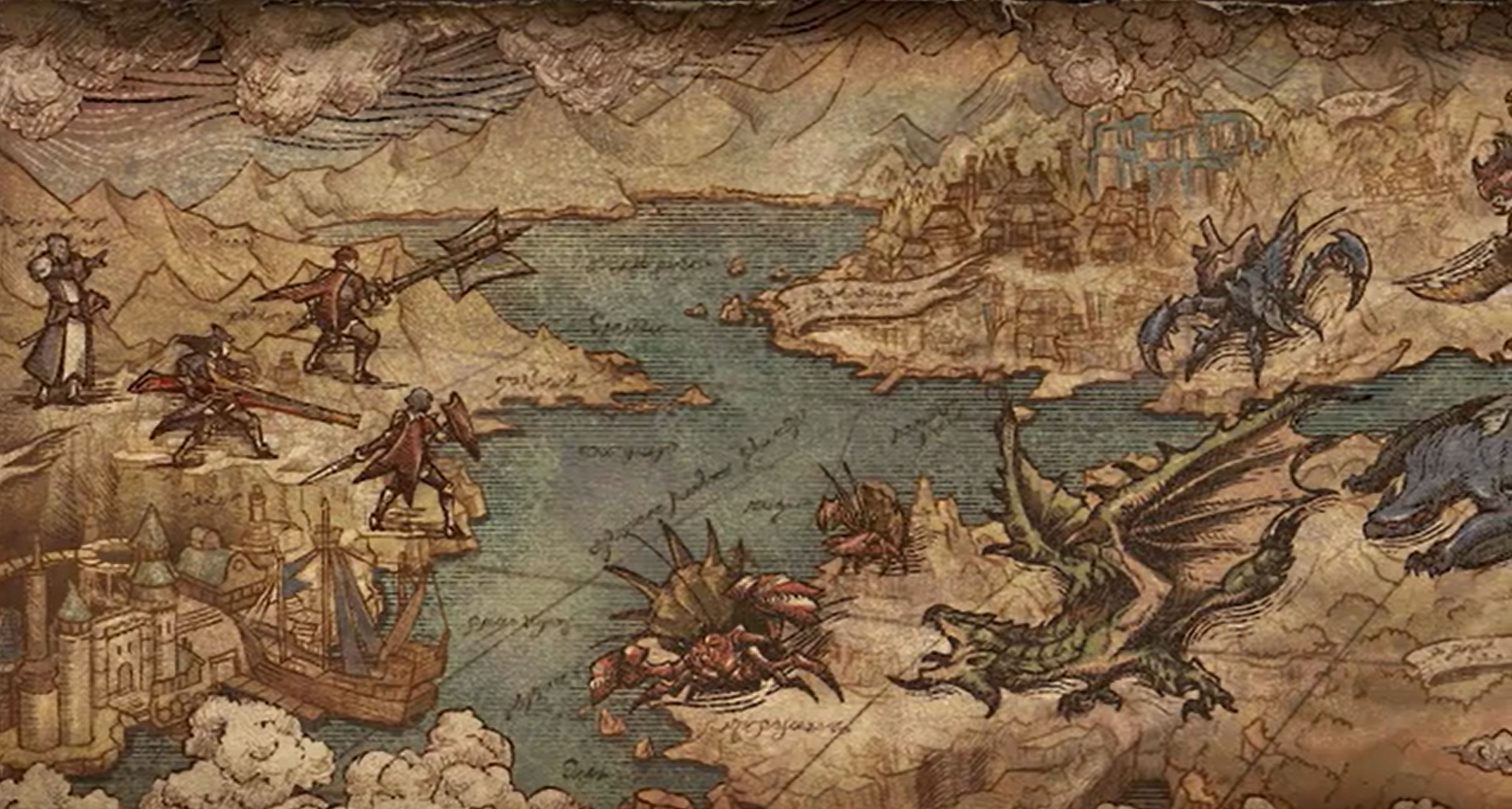
The stars of the Monster Hunter series have always been the monsters themselves. Each large monster you hunt is essentially a fully-fleshed-out boss fight.
Monsters have a variety of different states (e.g. exhausted, enraged, etc.) and switch between them dynamically throughout a fight. Breaking different body parts on a monster can also alter the course of a fight—like cutting off its tail, or breaking the claws it uses to get a steady grip on slippery ice. All this changes both their AI and their attacks; it’s more “alive” and responsive than a simple progression of “first this moveset, then this one.”
Hunting a single large monster can typically take anywhere from 5 to 20 minutes. It may feel weird to spend 10+ minutes “just fighting one enemy”—usually that means something’s wrong, either with you or with the game—but it’s more accurate to think of these things as “levels” rather than “single enemy encounters.” These aren’t just fights, after all; they’re hunts.
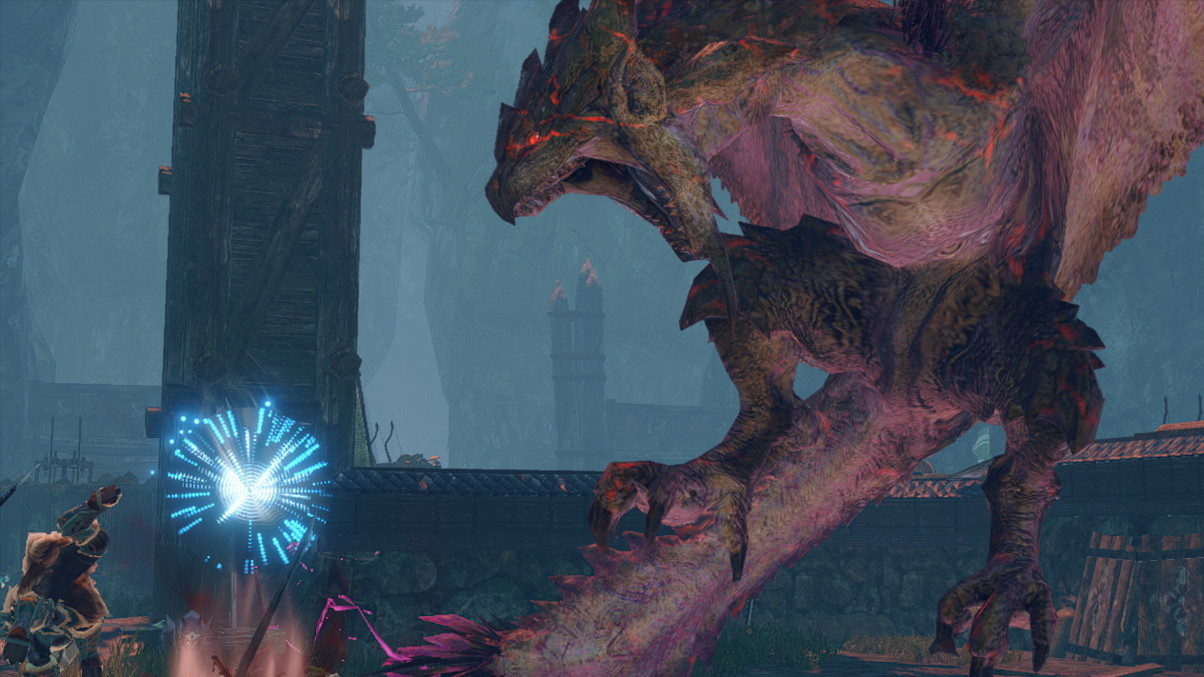
All this combat-y goodness is supported by really fun and detailed creature design. Monster Hunter games have always been great at this. (I’ve written about it before.) The creatures have a believable biology to their movements that makes them fascinating and memorable, but Monster Hunter Rise adds a new element here: theme.
Typically, there’s no unifying motif to the fauna of any given Monster Hunter game—it’s just a motley mix of fan favorites and whatever new ideas seem like they’d be neat. By contrast, nine of the twelve brand new monsters in Monster Hunter Rise are adaptations of yōkai (supernatural entities) from Japanese folklore. (The other three are inspired by Fūjin and Raijin, who are technically deities not yōkai, don’t @ me.)
This adds a new layer to each design, as you look up what they’re based on and appreciate the ways in which that concept was brought to life as an animal—like the way a one-eyed hopping umbrella gets represented as a crane with a huge frill, or the way the kappa (no, not that one) comes to life as a giant sumo-wrestling platypus.

The expansion, Sunbreak, extends the theme but switches cultures: its brand new critters are translations of classic Hollywood horror monsters like Dracula and the wolfman. I’m especially tickled by the design of Garangolm: the designers represented the traditional green square-headed image of Frankentstein’s monster as a gorilla with blocky green scales. It can also coat each of its fists in different buffs, making it like a “frankenstein” of multiple elemental types, which is just such a cute idea.
Of course, not all the new designs are that subtle.
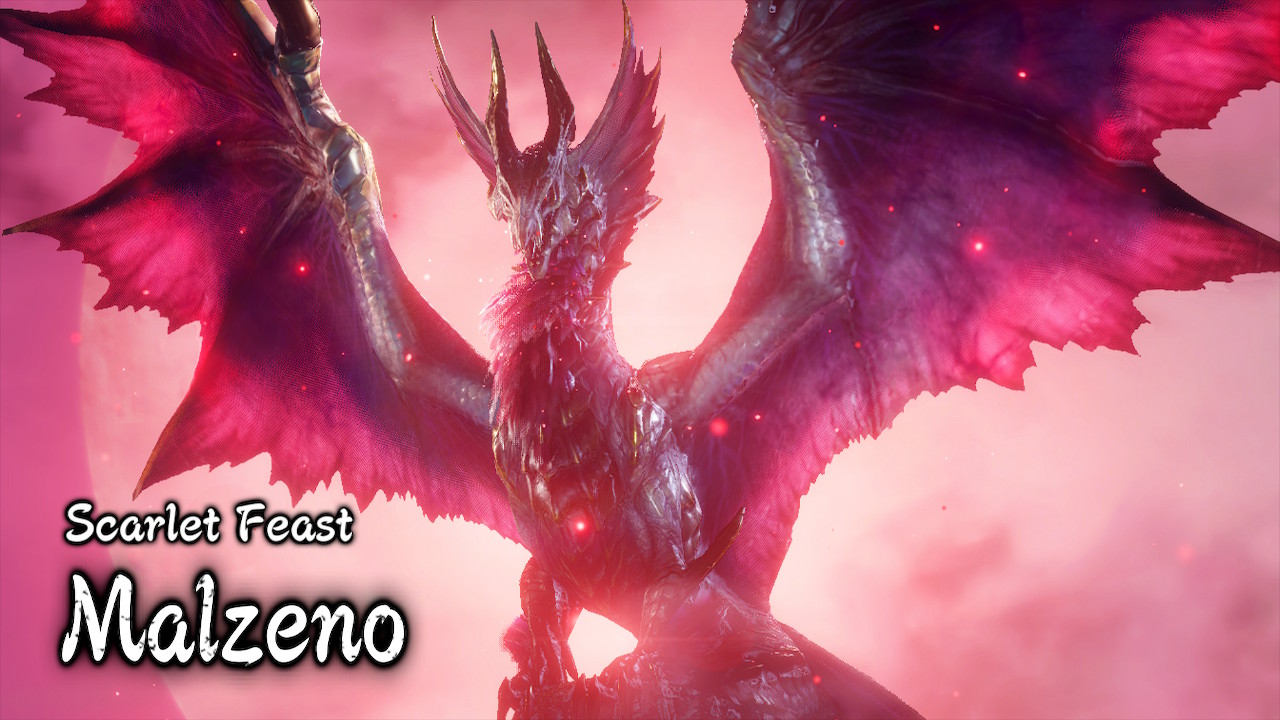
Hint: This one isn’t the wolfman.
Sunbreak also makes another contribution to Rise’s monster design virtues, particularly in the endgame.
In Monster Hunter games, the endgame often involves fighting super-hard versions of monsters you’ve already faced. In Monster Hunter World, these were called “tempered” (and later “arch-tempered”) monsters; in the base game for Rise they were “apex” monsters. These typically have a slightly different color treatment and a new move or two, but otherwise most of what’s different is just that they hit a lot harder and take a lot more hits.
In Sunbreak, the new tier is “afflicted” monsters. And while they also have more health & deal more damage than their regular counterparts, their “affliction” introduces some unique mechanics that significantly change the texture of the fights against them. Unlike their tempered and apex predecessors, afflicted monsters make you value certain types of skills differently when assembling your gear, encourage hunters to focus on different parts of the monster than they normally would during a fight, and change how you think about balancing healing/retreating versus aggression in a way that’s pretty new to the series. It’s a heightened challenge that doesn’t feel gimmicky, artificial, or stale.
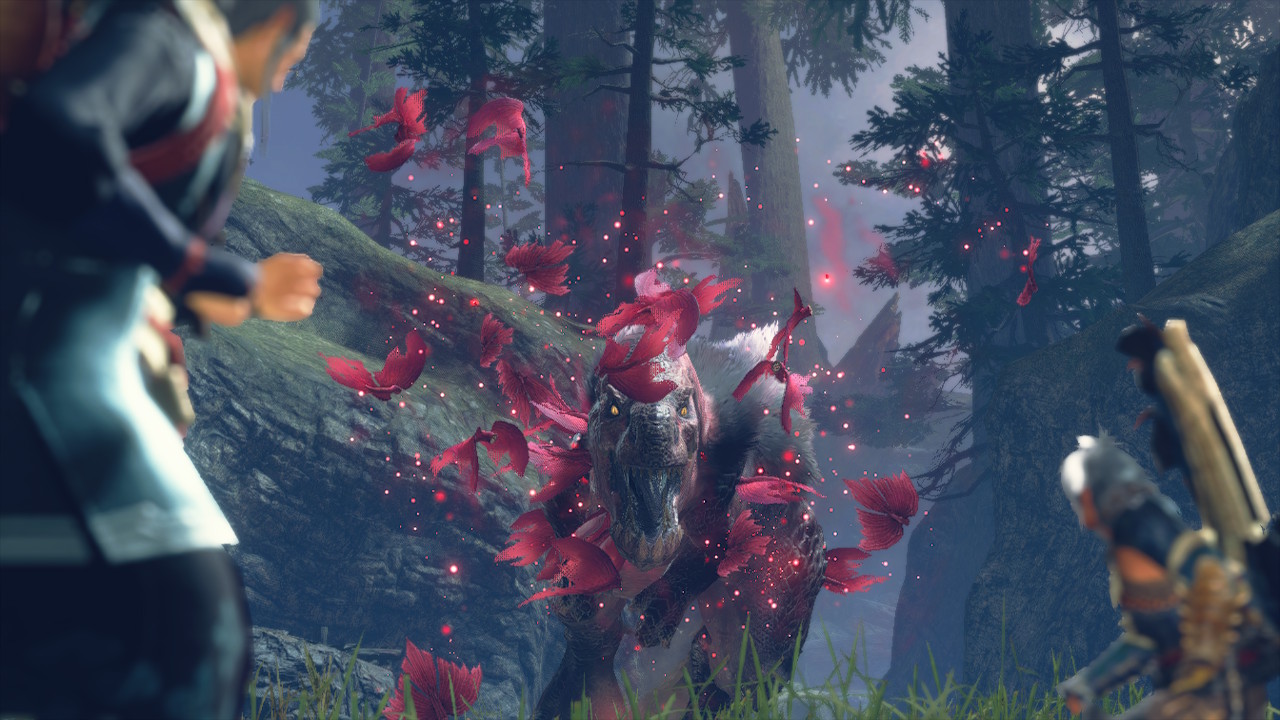
There’s bunches of other improvements to the base game in Sunbreak, too. There’s other variants of Rise’s monsters that are much fresher than simple palette/stat-swaps, there’s more quality-of-life adjustments, and of course there’s all the new gear that comes with new monsters.
Sunbreak is great.
Before you pick it up, you should know that Sunbreak is an expansion—meaning that before you can get to hunting the new Dracula dragon, you have to work your way through the base game. The good news is that Sunbreak gives you a bunch of free gear to help you work through the base game as fast as possible, and that there’s always a spike in player activity when new content like this drops. Sunbreak will also continue to get expanded with free content updates (adding new monsters and gear), the first of which is set to drop in August.
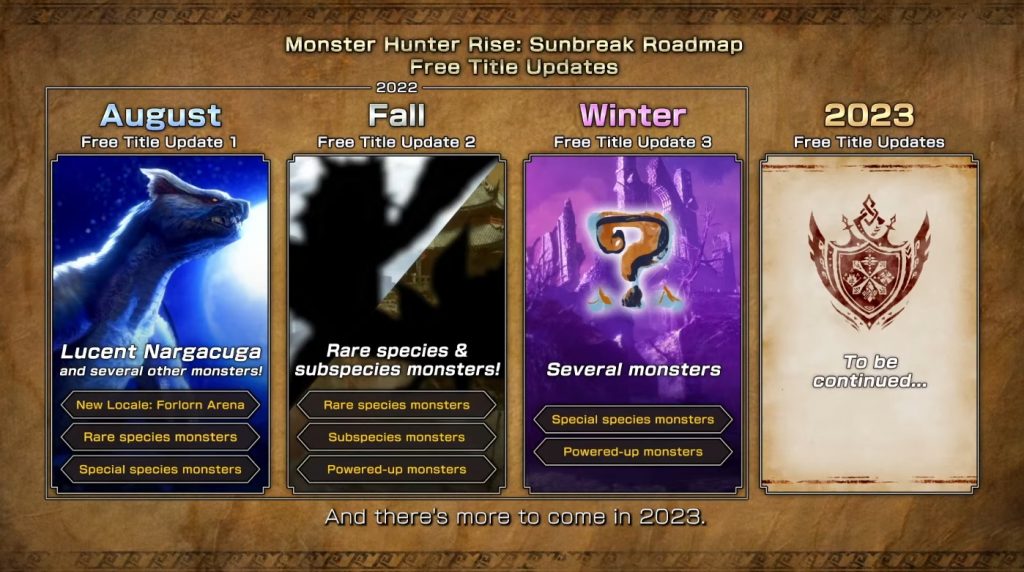
Schedule announced in the Capcom Showcase from June 13th.
This is a great time to get into Monster Hunter Rise. Yes, it’s still a Monster Hunter game, with all that that entails. You still have to do shit like assign skills to your pet cat and learn the peculiar timings of swinging your giant jawbone-sword.
It’s an acquired taste. But it’s delicious.
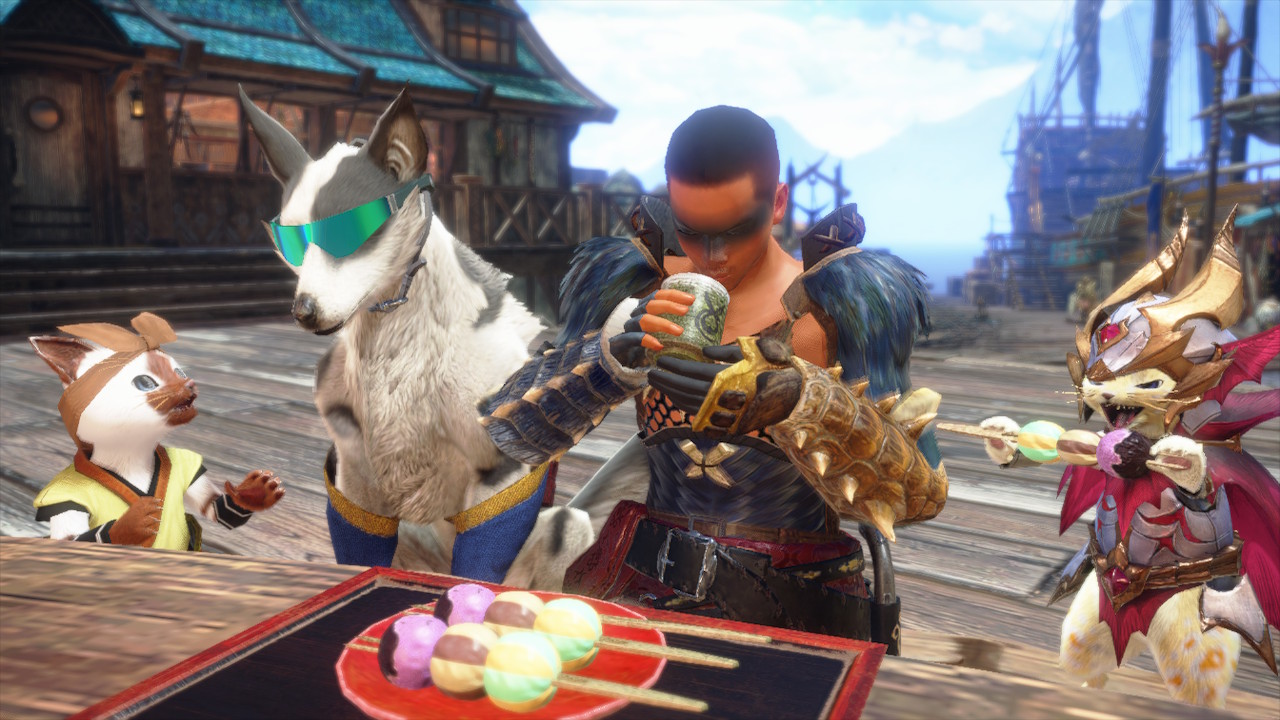
Mani Cavalieri is a New York City-based writer, media critic, and your pale cousin who’s into reptiles. He publishes regular essays on media—from game reviews to gushing about how cool that weird Godzilla movie is—over on Eyez ‘n Teef (which you can also follow on Twitter, for all the trivia and toast recipes that don’t make it into full-length posts). He loves sharing cool things you didn’t know, and he WILL talk your ear off about them.


